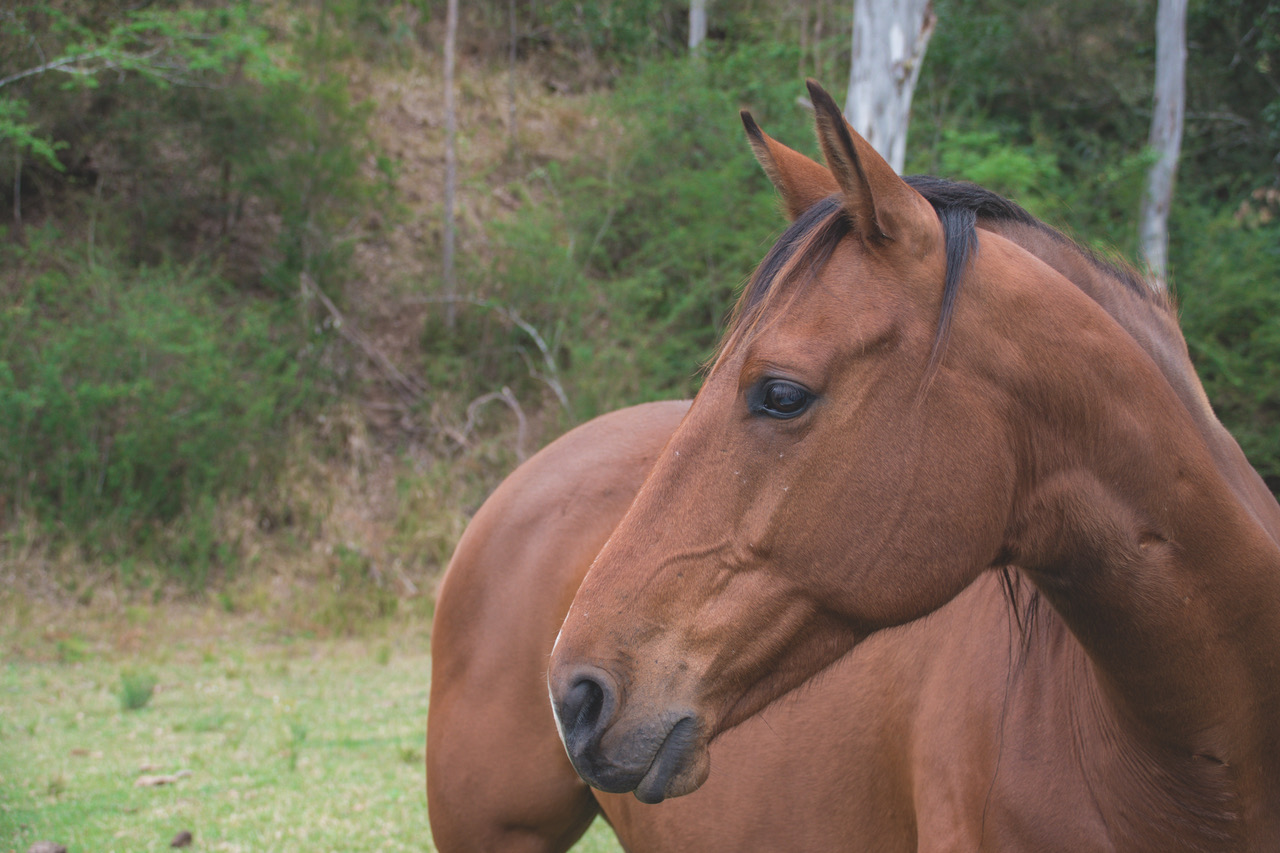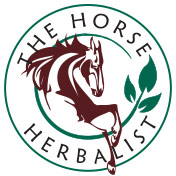Your cart is currently empty!

Liver Tone/Detox
The liver is a multifunctional organ (over 500 hundred functions have been identified) and is essential for life.
It’s the body’s chemical factory that has many functions concerned with the processes of digestion, blood cleansing, sugar metabolism – therefore a factor in insulin resistance and metabolic syndrome. It disposes of worn-out blood cells, filters and destroys bacteria and neutralises poisons. It’s the chief supplier and balancer of glucose – the basic fuel of the body.
It is therefore very important to help the liver function at it’s best. To do this it is suggested that a liver tonic be used to tone before embarking on a detox as, in most cases, once the liver is toned it’s own innate detoxification function does the rest. If man or horse was put on an effective detox program before toning the liver then they would experience discomfort or pain as the body goes through the process, whereas a toned liver, if it needs more help in the detoxification process, copes much better and the individual can remain in work without feeling ill.
Detoxification helps eliminate toxins that may lead to decreased immunity and eventual disease. The livers of horses with healthy immune systems, no exposure to new horses, ample clean water, plenty of exercise and grazing on a variety of unpolluted grasses are at minimum risk and detoxification may only be needed after a stressful or traumatic episode eg. accidents of any sort, big frights etc. or after the horse has been sprayed with chemicals eg. imported horses, horses sprayed at state borders, horses sprayed with insecticide. Give after or at the time of any illness or poison; after any side effects from vaccinations, in conjunction with veterinary advice.
Generally it’s also good practice to give the horse a liver tonic at the turn of the seasons, particularly at the onset of spring and autumn. Even though the horse may appear to show no problems directly after any of the above indicators, there’s every probability that it will exhibit any of the following symptoms in the following months;
Dull in the coat – Itchy – Temperament changes – Lack-lustre performance – Below par, depressed – Not quite him/her self.
Clearly these symptoms can indicate all manner of disease and if the horse is sick then it is advisable to seek the services of a veterinarian and a qualified horse herbalist. However, giving a three week course of liver-toning herbs will never hurt and could be considered as good preventative medicine.
St. Mary’s Thistle (Milk thistle) – Silybum marianum
 Healing herb extraordinaire! This is one of my most frequently used herbs in 30 years of practice. Milk Thistle as a medicine was written about at least 2400 years ago and science today is proving Silybum marianum’s ability to protect and tone many organs, primarily the liver, kidneys and pancreas. The dried herb can be purchased from a health food store or from a reputable horse herb supplier.
Healing herb extraordinaire! This is one of my most frequently used herbs in 30 years of practice. Milk Thistle as a medicine was written about at least 2400 years ago and science today is proving Silybum marianum’s ability to protect and tone many organs, primarily the liver, kidneys and pancreas. The dried herb can be purchased from a health food store or from a reputable horse herb supplier.
Take a handful of the herb, add 250-300mls of almost-boiling water, allow to steep and cool, and add all content to your horses feed once daily for three weeks. Making the dried herb into a tea allows all the water soluble constituents in the herb to be dissolved into the water, therefore your horse’s body can utilise it immediately, rather than having to go through the gut for absorption.
Dandelion Root (not leaves) – Taraxum officinale
 Dandelion root is a bitter tonic, which aids digestive liver insufficiency, flatulent colic, and a sluggish or enlarged liver. Dandelion root does have a mild diuretic action and it may make your horse urinate more frequently for a time. Purchase the dried herb from a health store or a reputable horse herb supplier. Add 2-3 teaspoons of the dried herb to 250ml of almost-boiling water and allow to steep and cool before pouring over the horse’s feed once daily for three weeks. Identification: Taraxum officinale is often confused with Flatweed, a common pasture weed that can cause stringhalt. Whilst dandelion and flatweed look very similar the main distinguishing feature is that the dandelion flower head is on one hollow stem and flatweeds have branched solid stems.
Dandelion root is a bitter tonic, which aids digestive liver insufficiency, flatulent colic, and a sluggish or enlarged liver. Dandelion root does have a mild diuretic action and it may make your horse urinate more frequently for a time. Purchase the dried herb from a health store or a reputable horse herb supplier. Add 2-3 teaspoons of the dried herb to 250ml of almost-boiling water and allow to steep and cool before pouring over the horse’s feed once daily for three weeks. Identification: Taraxum officinale is often confused with Flatweed, a common pasture weed that can cause stringhalt. Whilst dandelion and flatweed look very similar the main distinguishing feature is that the dandelion flower head is on one hollow stem and flatweeds have branched solid stems.
When does your horse’s liver need help?
Giving a three week course of liver-toning herbs will never hurt and could be
considered as good preventative medicine.
Turmeric – Curcuma longa
Tumeric has been used medicinally since time immemorial not only in Indian and Chinese herbal medicine but also in Western Traditional Medicine. Tumeric has many potential indications including for liver dysfunction. It has been proven to enhance phase 1 and 2 detoxification of the liver so is an excellent herb to give after a course of St Mary’s Thistle.
We are lucky here in Australia as fresh tumeric rhizome is easily available at the grocery store.
Grate 4-6cm and add to 250ml almost-boiling water and allow to steep and cool before pouring
all the content over the horse’s feed once daily for three weeks.
Please do not purchase any human liver detoxifying products to give to your horse!!
NB: The above information is not to take the
place of veterinarian’s or qualified Horse Herbalist’s advice
